I have written about this absurd use of your tax dollars to purchase advocacy for transmission projects here, here and here.
If a transmission project is needed, then regulators will approve it. Should regulators approve an unneeded transmission project simply because someone not impacted by it gets a freebie? This turns transmission permitting and siting into some sort of advocacy battle. Who has more people in their army, and what motivates them? On one side are impacted landowners, who have to live with the transmission project in perpetuity. These are the ONLY people who are impacted by new transmission, which can lower their income by taking land out of use, harm their property values, pose a dangerous hazard on their own land, and a daily eyesore forever. On the other side are a bunch of people who will not have to look at transmission and will not have to suffer any impacts whatsoever. These people are motivated by pure GREED. They are being offered something in exchange for the suffering of other people. The landowners must be compensated for something that was taken for them, but those greedy people don't deserve a damned thing. They are disgusting people who want to profit off the misery of others.
Advocacy battles like this have been taking place for decades. Utilities always buy advocacy to try to shout down transmission opposition. The DC Court of Appeals recognized such transmission advocacy efforts by describing the actions of one such project, PATH:
From 2009 through 2011, PATH spent more than $6 million on various activities to support its applications for Certificates. Through hired public relations contractors, PATH organized "reliable power coalitions" that would recruit individuals—often prominent business and labor leaders—to testify before the state utility commissions in support of PATH's certificate applications. PATH's contractors also polled public opinion of the project, ran promotional advertisements, and sent lobbyists to persuade state officials that the Certificates should be granted.
There is little question that PATH made these disputed expenditures to influence the decisions of public officials. The record is full of statements to that effect. The internal communications of PATH's public relations contractors, for example, declared that "[w]e have but one singular goal—to help get PATH approved," a goal that would be achieved by "generating the political cover that commissioners/legislators need to ‘do the right thing.’ " J.A. 66; see also J.A. 142-44 (contractor agreement with public relations firm). And the advertisements PATH's agents ran were persuasive rather than merely informational, focusing on arguments in support of approval and construction of PATH's proposed transmission line. See, e.g. , J.A. 115, 117-18, 121.
Newman v. Fed. Energy Regulatory Comm'n, 27 F.4th 690, 693-94 (D.C. Cir. 2021)
So, let's look at who bellied up to the bar to get some free money in exchange for transmission advocacy.
There were two different kinds of awards made under this program. The first is grants to an entity with regulatory authority to approve a new transmission line. That's right DOE is even bribing the regulators who make these decisions!
The Illinois Commerce Commission got $8.2M to speed up its approval of MISO's Tranche 1 projects.
The Public Service Commission of Wisconsin got $3M for doing the same, plus it will "increase its outreach and engagement with the public, improve its coordination with other siting entities, and develop plain language educational materials on high-voltage transmission lines."
The Pennsylvania Public Utilities Commission got $4.5M to "accelerate its siting decision-making process on certain PJM Regional Transmission Expansion Plan Projects traversing the state by expanding its public and community engagement, participating in more site visits and public input hearings, and providing education and training opportunities to its staff." Which "certain" projects are those? Maybe someone wants to ask them?
And Alamosa Co. Colorado got $1.7M to study three different routes for a transmission project and pick one.
And now let's look at a couple of the "economic development" awards for communities "along major new and upgraded transmission lines." What the hell does that mean, and how close does a community have to be, exactly? DOE never would say. As the awards show, these projects are not actually for impacted individuals, but their greedy neighbors who are not impacted at all.
First, there's a couple of merchant transmission projects owned by Michael Skelly's GridUnited that were showered with multiple grants.
Southline Transmission project:
$1.8M to Lordsburg, NM to revitalize their town. I'm going to bet the revitalization isn't going to include a gigantic transmission line in the middle of Main Street. Instead, the transmission line will impact some landowners outside the town.
The City of Willcox, AZ got $10M to create a new conservation area. I'm going to bet that the conservation area won't have a gigantic transmission line running through it. Instead, the transmission line will impact some landowners elsewhere.
North Plains Connector Transmission project:
City of Mott, ND got $14.2M for a community center. I'm betting the transmission project is nowhere near the community center.
The Montana Department of Commerce got $47.4M to distribute to the counties of Rosebud, Fallon and Custer and the Northern Cheyenne tribe for "funding critical community infrastructure, including emergency and medical services, transportation, water, and sewage services, and climate mitigation projects." Here, North Dakota, have a handful of colorful beads while we rape and pillage your state.
The Roosevelt Custer Community Council got $700K for a new Fire Hall in Amidon.
It used to be that the transmission company had to pay these bribes out of their own funds, especially merchant transmission companies that don't have guaranteed cost recovery from ratepayers. Merchant transmission is not found needed or planned by regional grid planners. Merchant transmission is a speculative proposition based purely on profits. The merchant bets its own capital that if it can build a transmission line between point A and point B that it can attract enough voluntary customers to pay for the line and provide a profit. Why in the world are taxpayers paying bribes to buy advocacy for transmission developers who are supposed to be paying for their own projects? It boggles the mind!
But DOE wasn't done supporting the merchants with GridUnited... there's also a couple of grants to Guymon, OK totaling $167.5M to build a new school and a water project. Only one of these projects seems to be tied to transmission at all. The other one seems to be an unrelated gift to the City of Guymon. Spending Other People's Money is such a generous activity!
Barnstable, Massachusetts, is getting a new school in exchange for a landing zone for offshore wind transmission. I'm going to guess the school will be nowhere near the transmission line.
Michigan is getting $35M to "...invest in workforce development initiatives to build a skilled workforce to support transmission construction and clean energy investments in the two counites affected by the Helix-Hiple transmission line, one of the MISO Long Range Transmission Planning Tranche 1 projects. LEO will provide specialized education and training through electric utility apprenticeship and pre-apprenticeship programs, as well as training for EV infrastructure construction and installation. LEO will also invest in a low-income energy fund to support a residential weatherization program, as well as provide utility stipends to residents in disadvantaged communities (DACs) impacted by the siting of a new transmission line." This is garbage. It doesn't actually help landowners impacted by the transmission line.
There's more... LOT$ more... read it and weep (while clutching your wallet and your private property rights.)
So, just like I thought in the beginning, no communities that are actually impacted by new transmission are benefiting from these grants in any way. Communities impacted by new transmission are linear, just like the transmission itself. They do not coincide with traditional cluster communities.
Absolutely NO LANDOWNER EVER said that they would gladly give up their own property for new transmission if a nearby town could only have a new school, a new fire hall, a Main Street makeover, or a park, or any of this other ridiculous nonsense DOE found grant worthy. Landowners will NOT give up their fight in the face of federal government bribes.
DOE simply gave the money to anyone who applied, not to impacted communities.
How does this "reduce inflation" again?

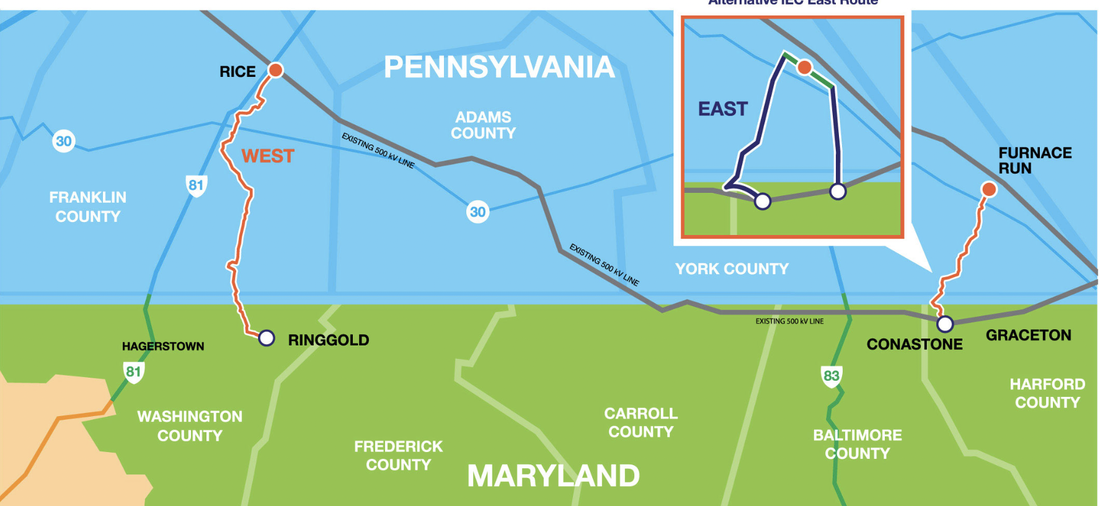
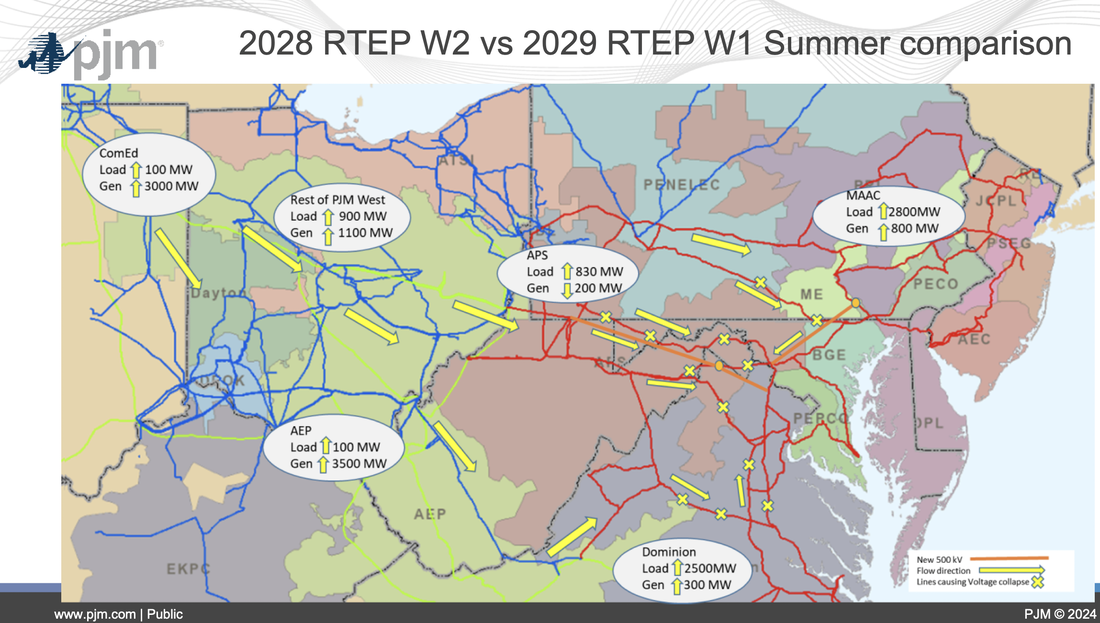
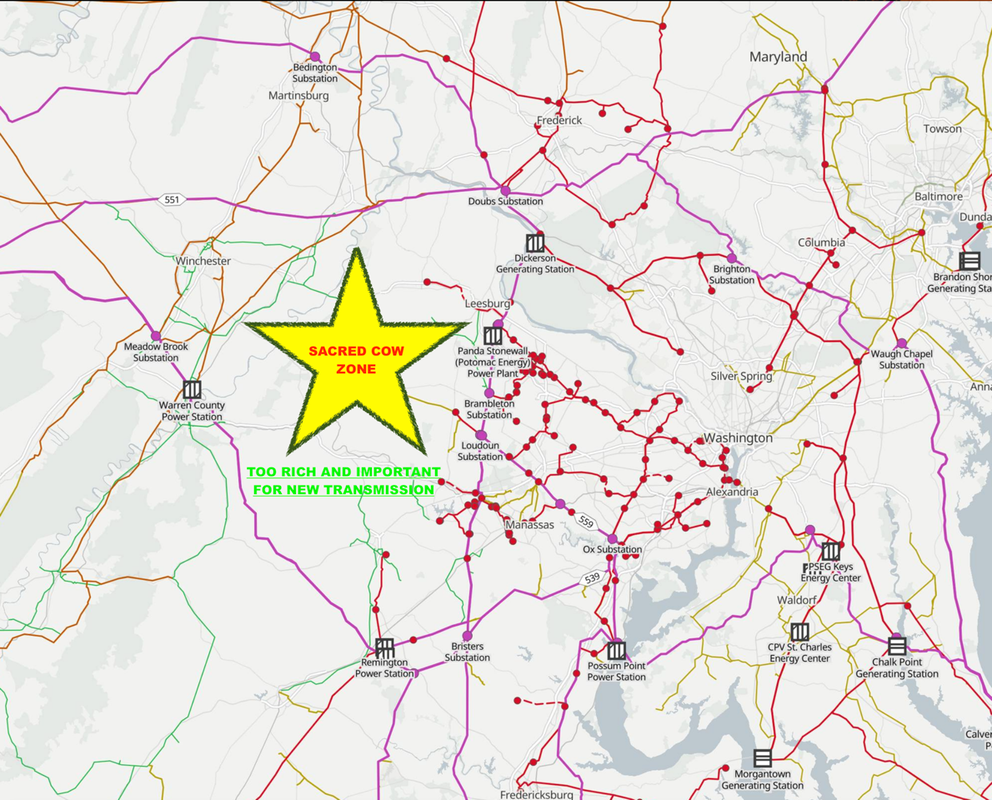
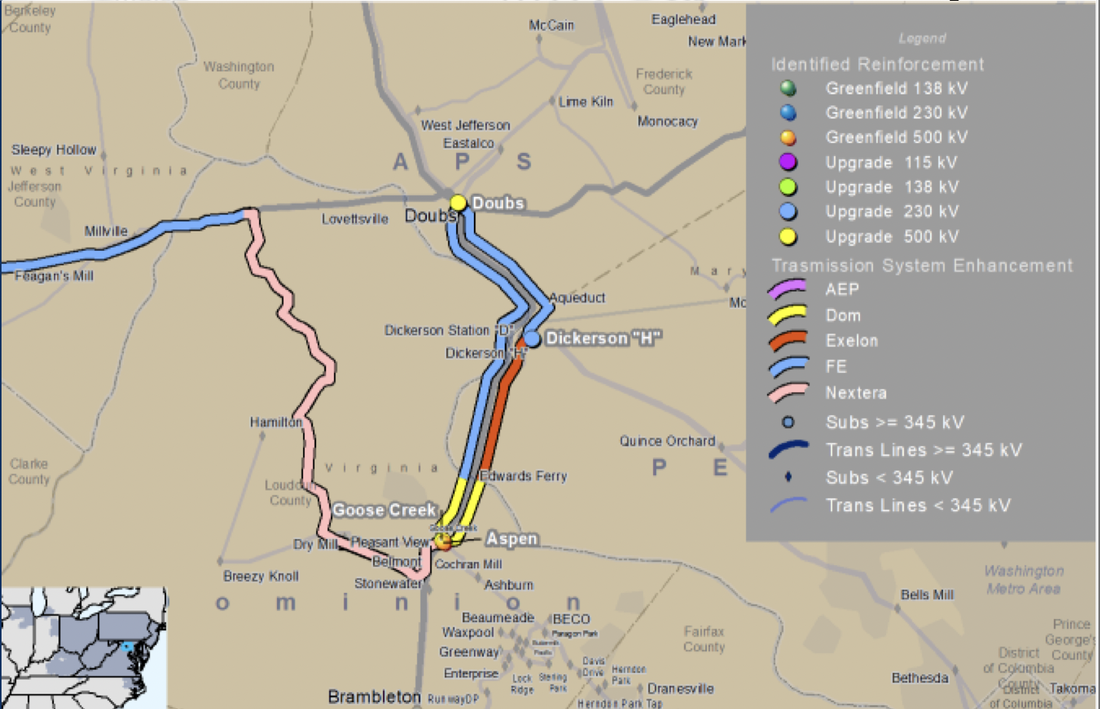
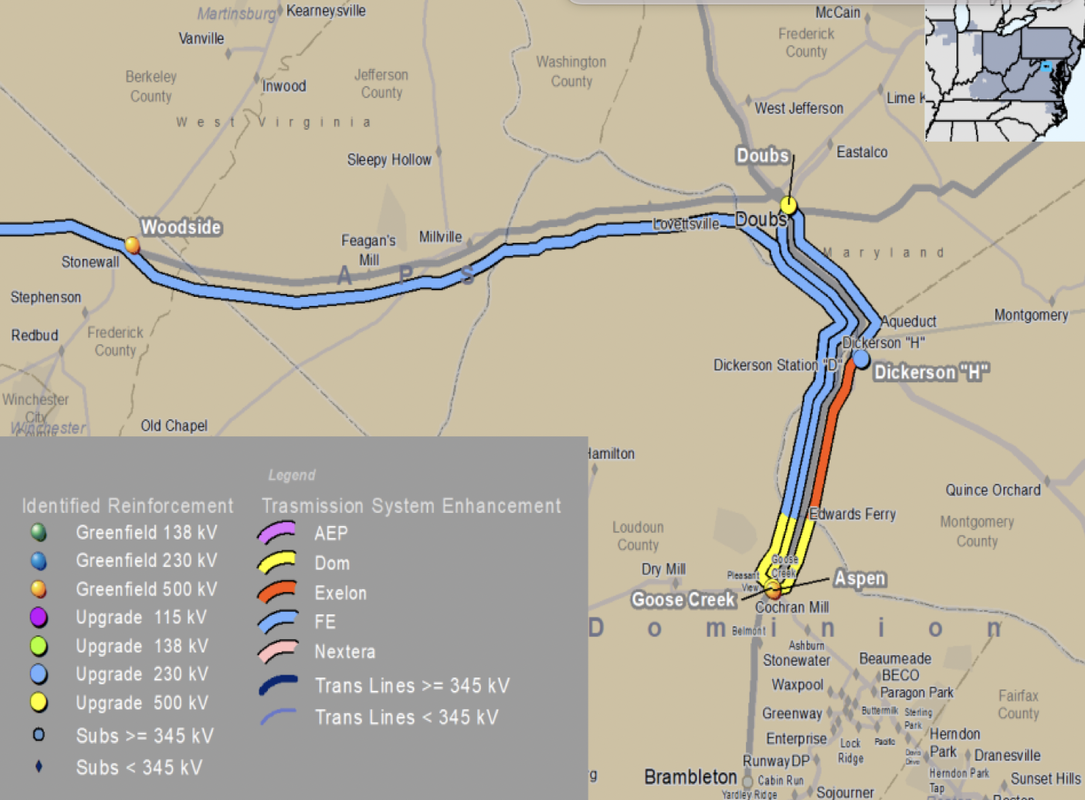
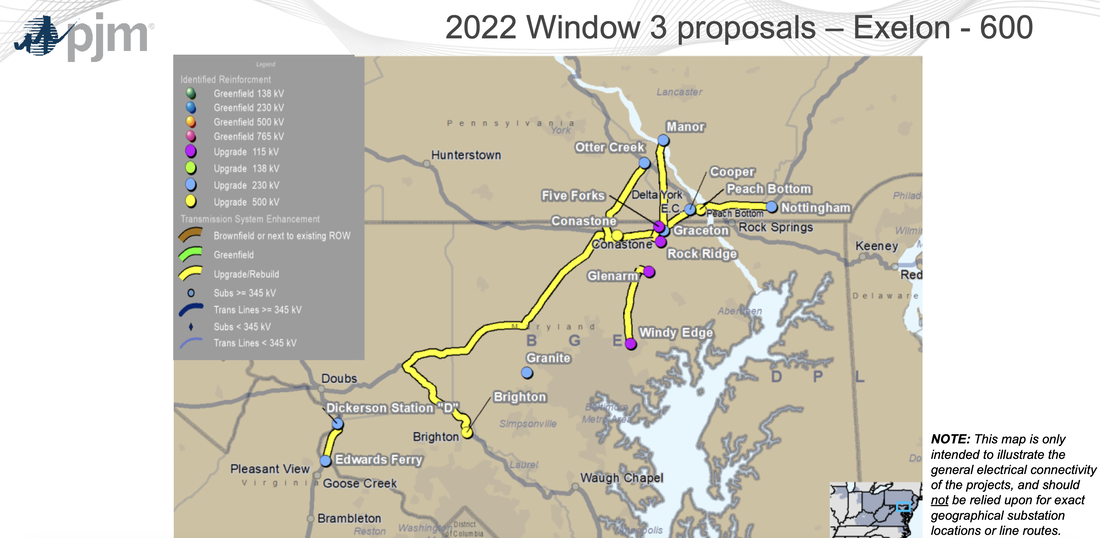
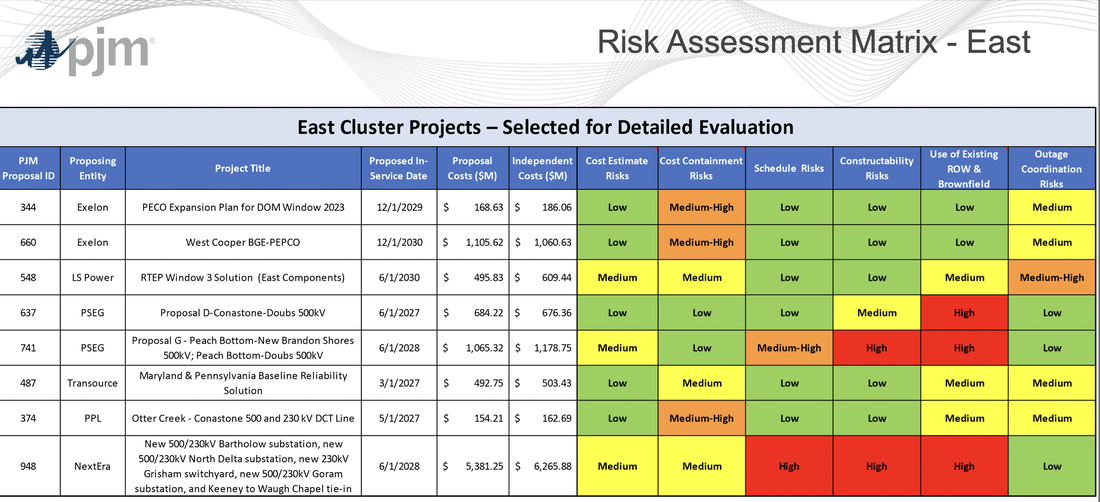
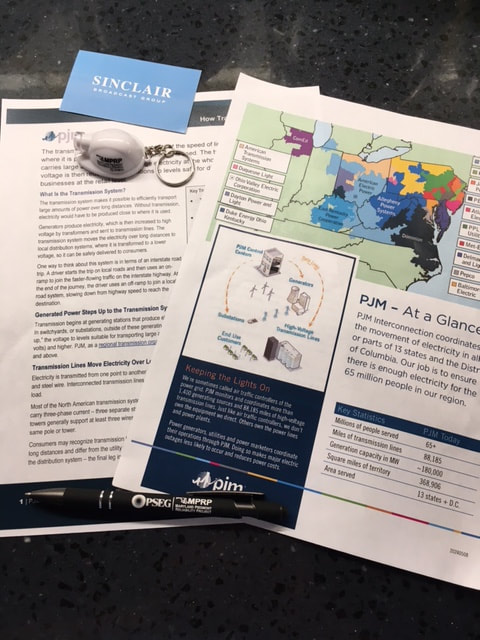

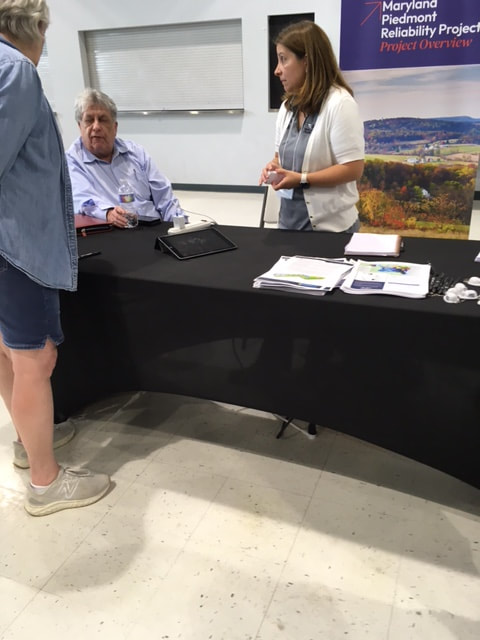

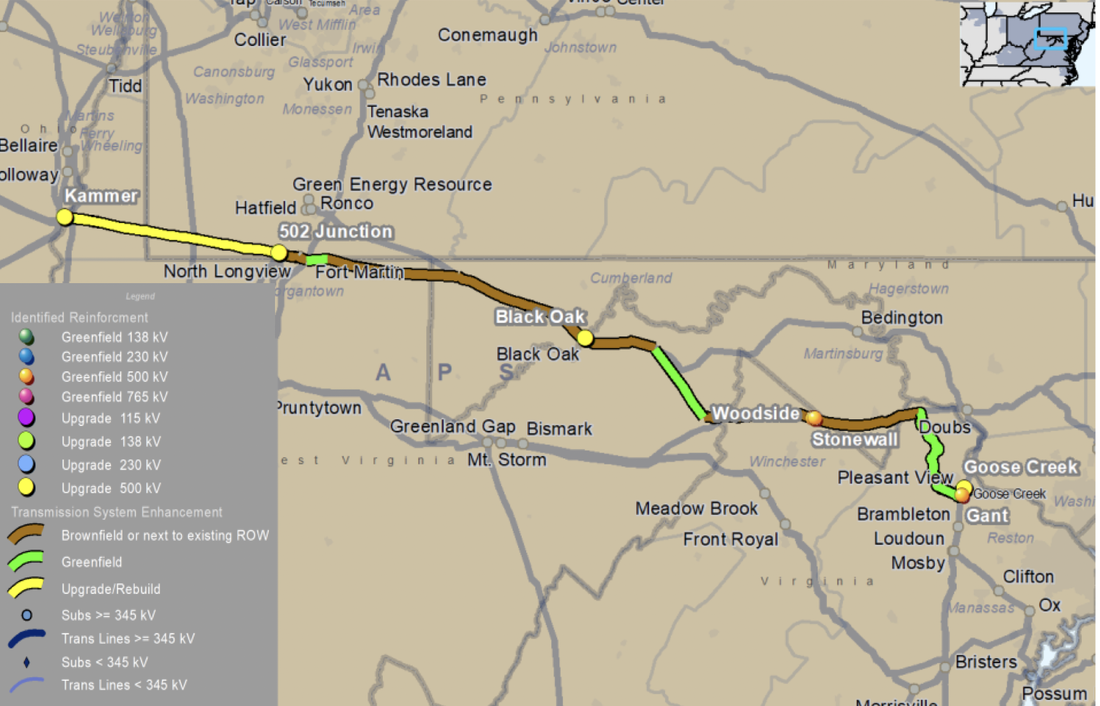
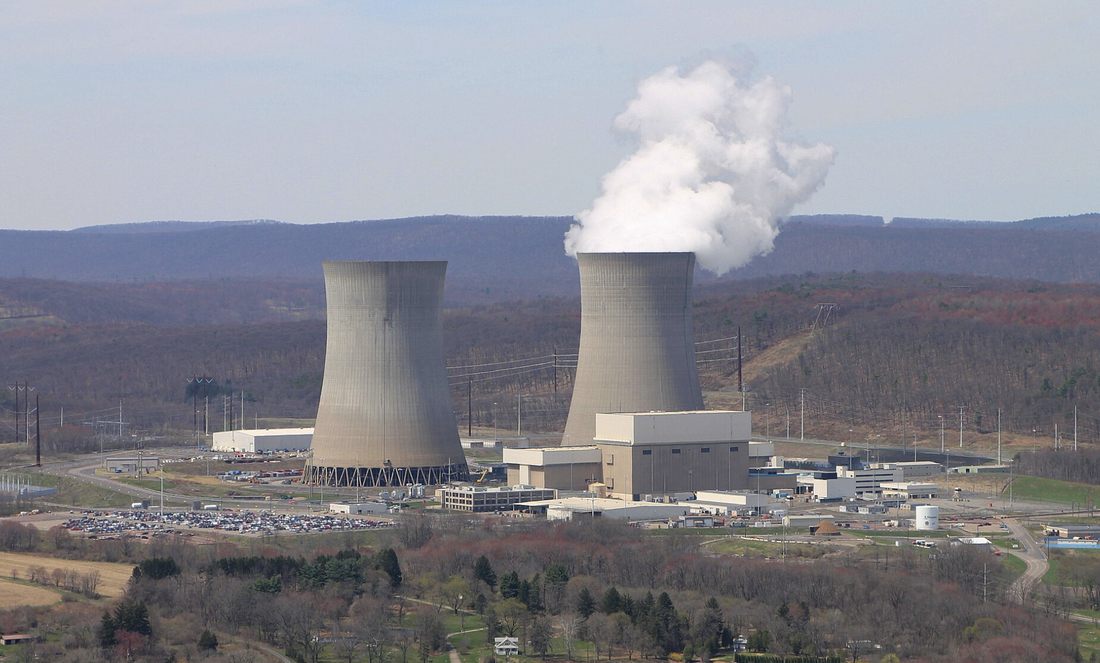

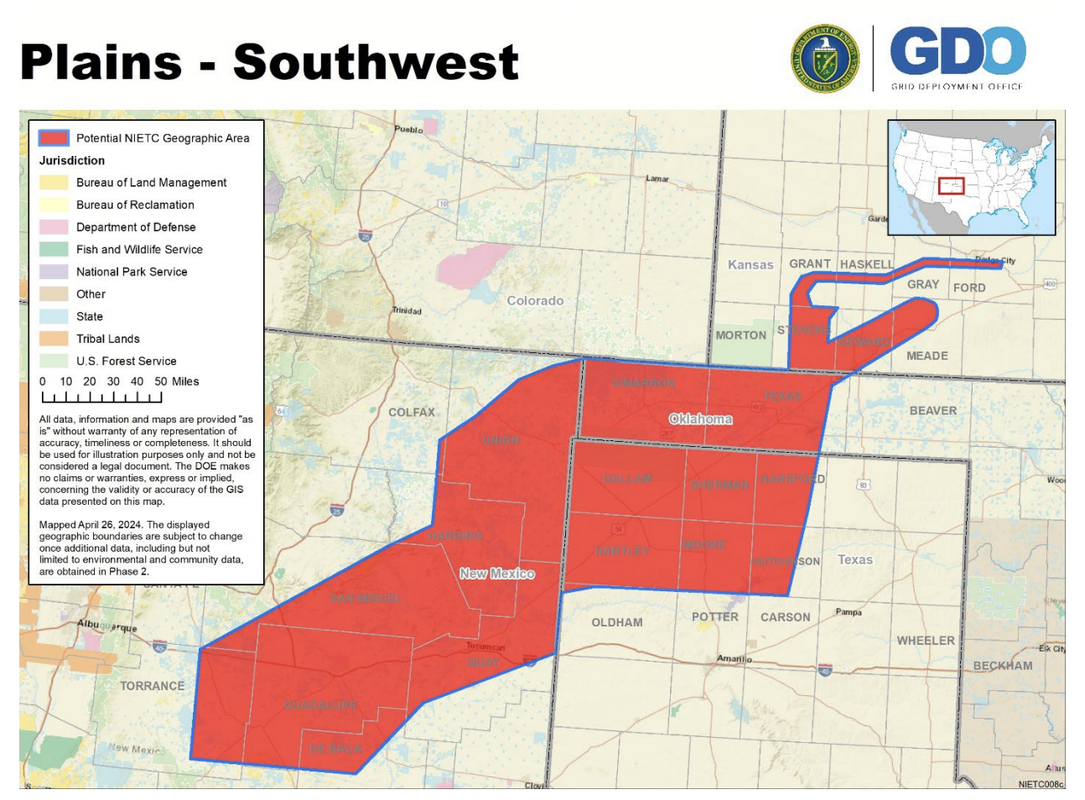
 RSS Feed
RSS Feed